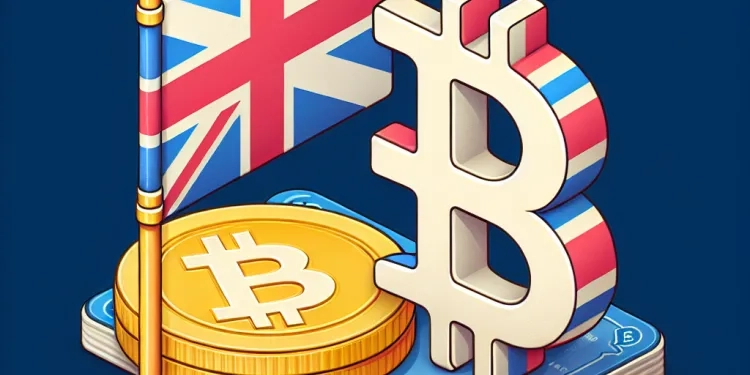
Find A Professional
More Items From Ergsy search
-
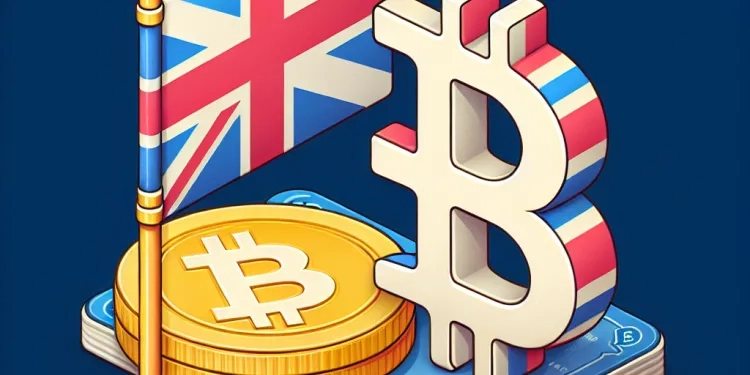
How is XRP different from Bitcoin?
Relevance: 100%
-
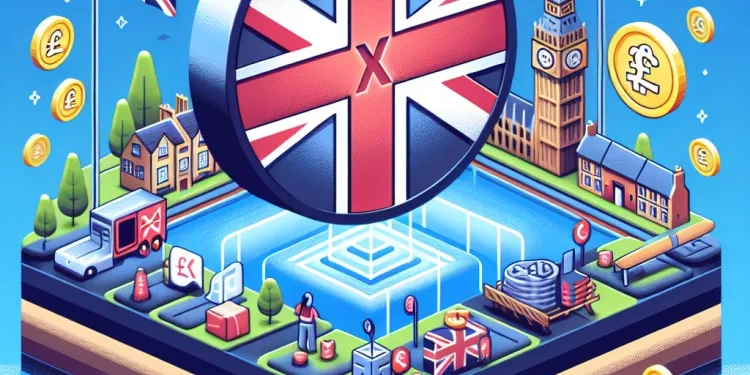
Can XRP be mined?
Relevance: 91%
-
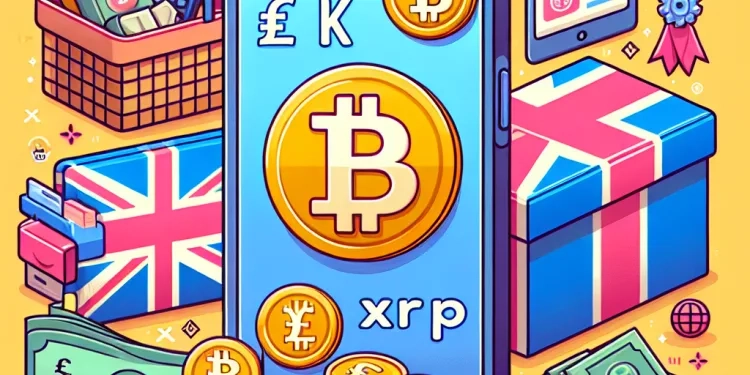
Can I use Bitcoin or XRP for purchases?
Relevance: 90%
-
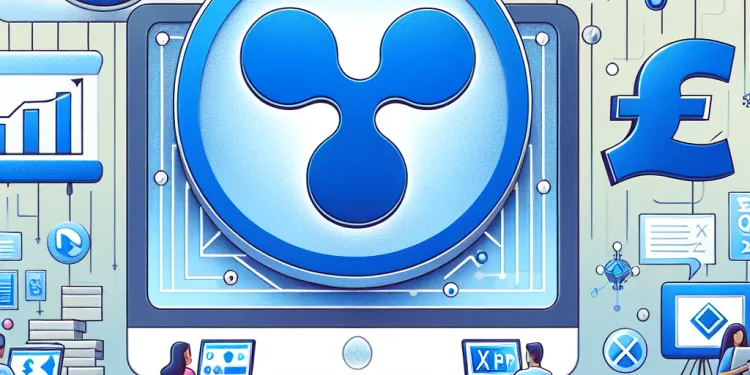
What role does Ripple Labs play in the XRP ecosystem?
Relevance: 71%
-
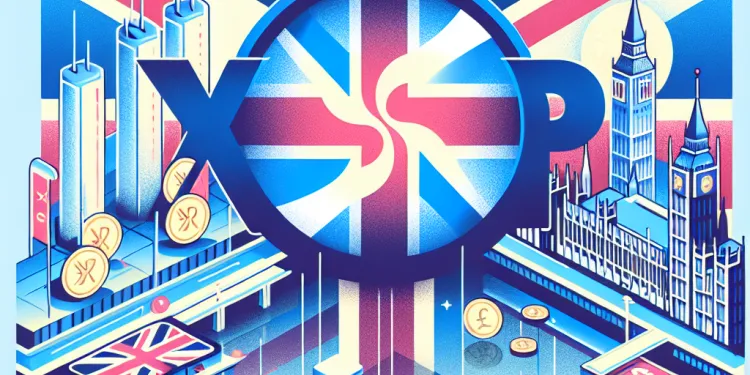
What is XRP?
Relevance: 70%
-
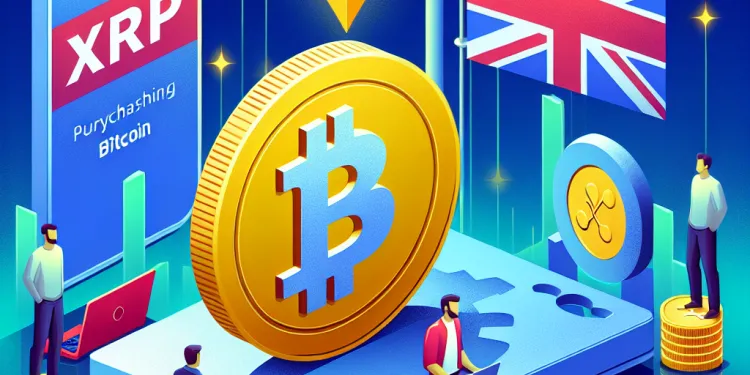
How can I buy Bitcoin or XRP?
Relevance: 70%
-
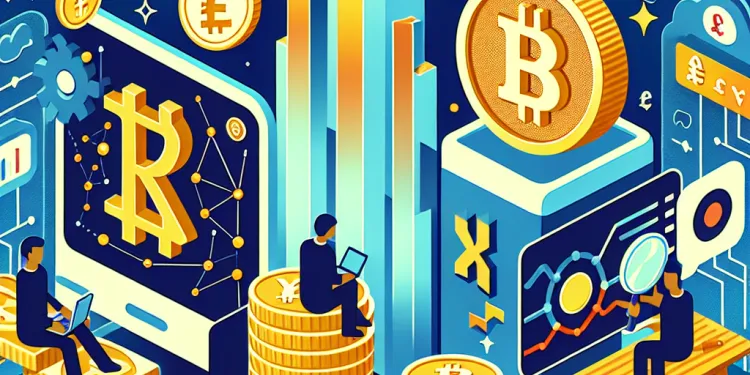
What are are Crypto Currencies like Bitcoin and XRP?
Relevance: 69%
-
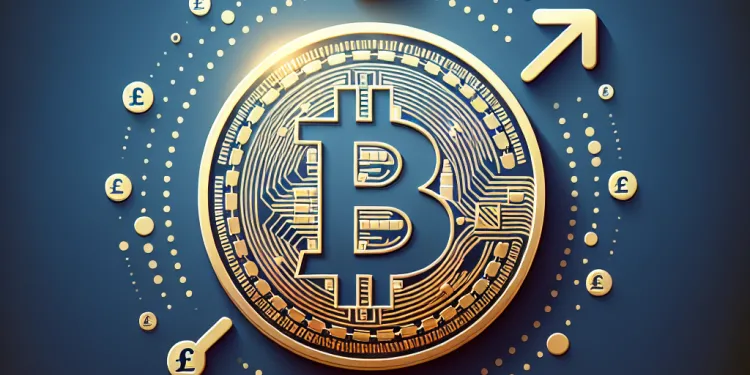
How is the price of Bitcoin determined?
Relevance: 66%
-
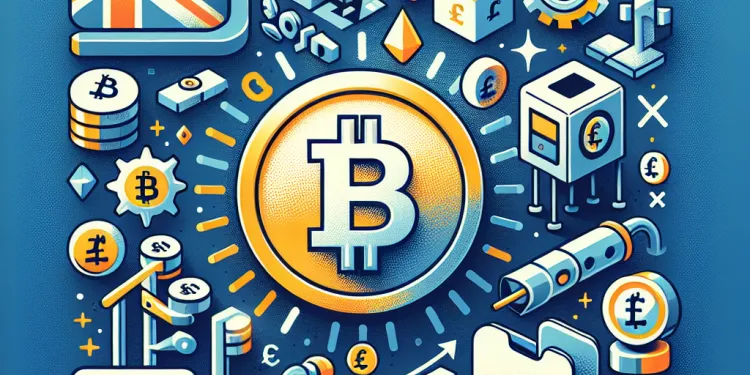
What is mining in the context of Bitcoin?
Relevance: 64%
-
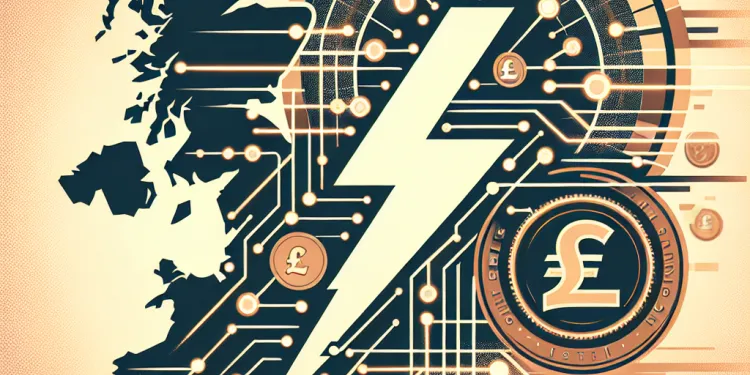
What is the Lightning Network?
Relevance: 28%
-
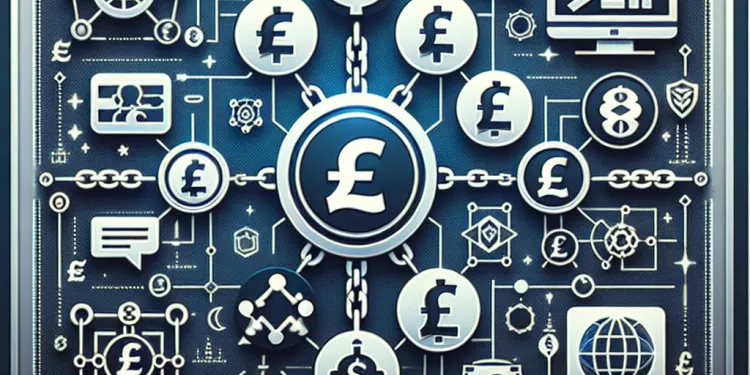
What is blockchain?
Relevance: 4%
-
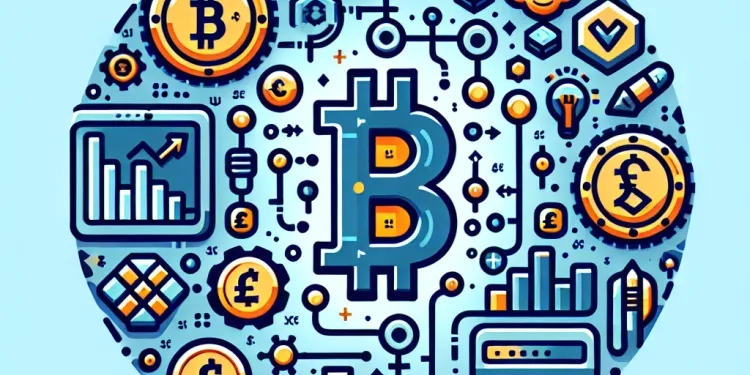
How does Bitcoin work?
Relevance: 4%
-
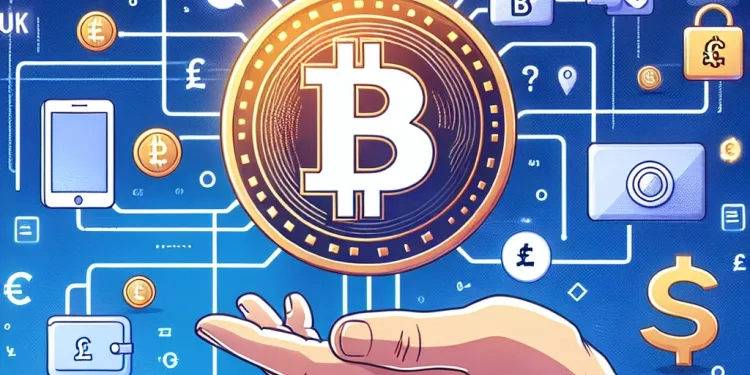
What is cryptocurrency?
Relevance: 4%
-
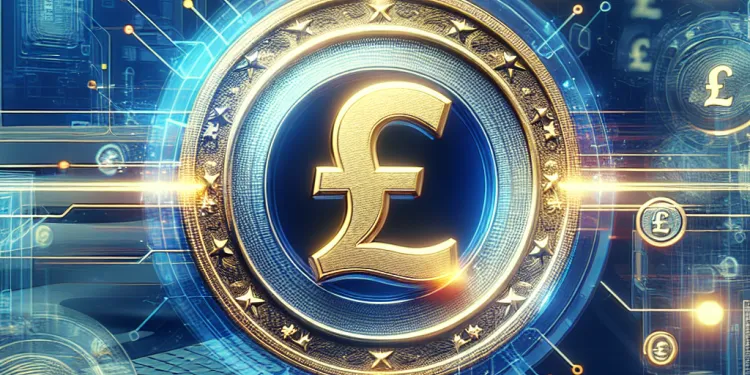
Are transactions with cryptocurrencies anonymous?
Relevance: 4%
-
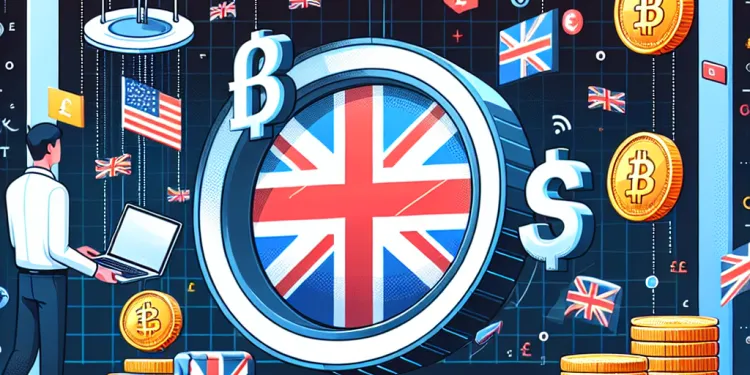
What are the risks associated with cryptocurrencies?
Relevance: 4%
-
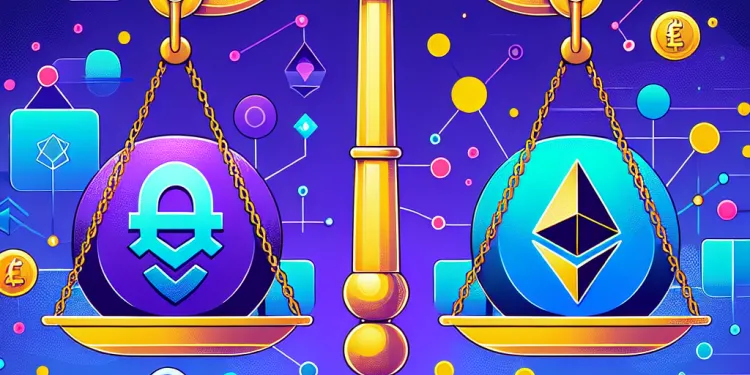
Is Ethereum Crypto Currency a safe investment?
Relevance: 3%
-
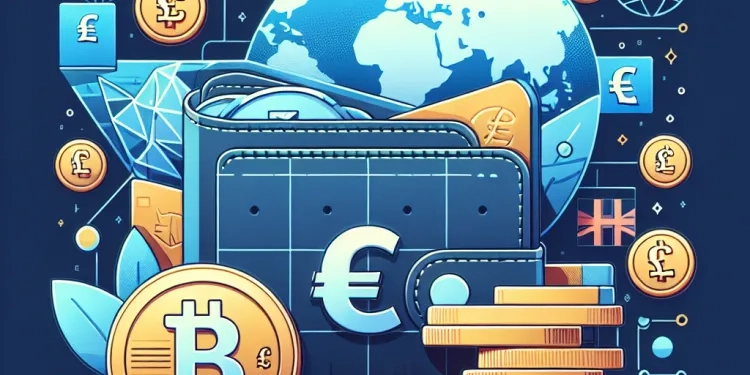
What is a cryptocurrency wallet?
Relevance: 2%
-
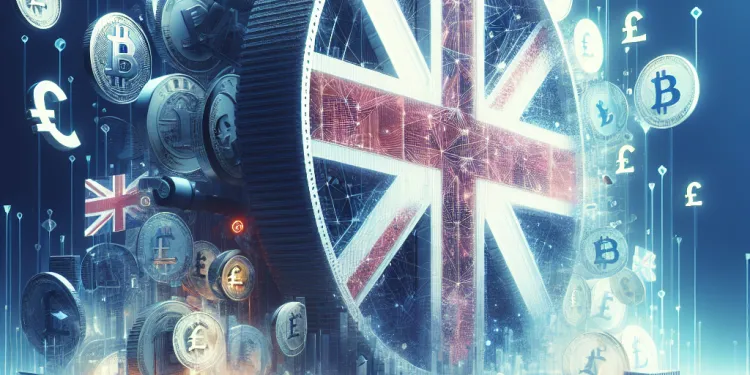
What is a decentralized cryptocurrency?
Relevance: 2%
-
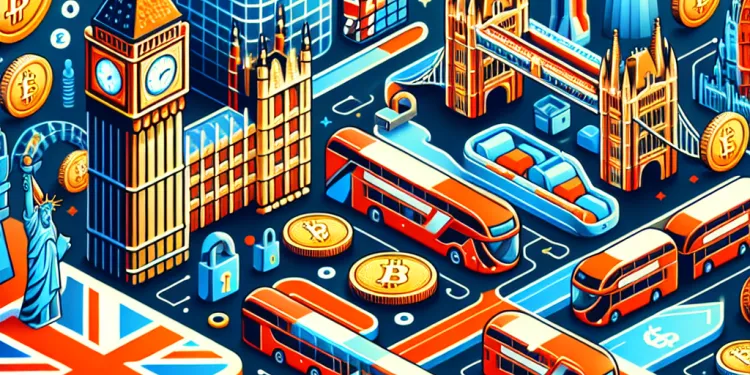
What are the benefits of using cryptocurrencies?
Relevance: 2%
-
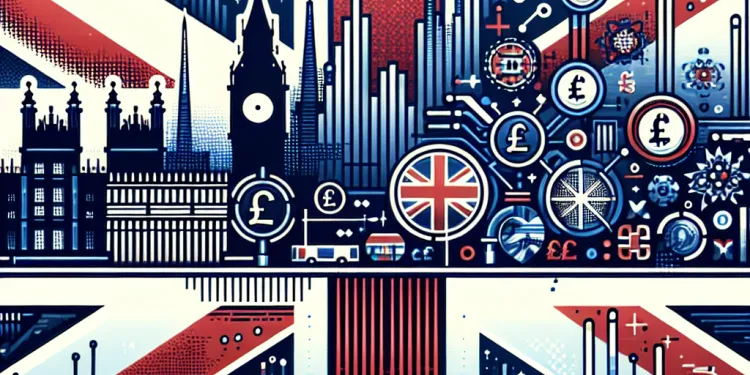
What is a cryptocurrency exchange?
Relevance: 2%
Introduction to XRP and Bitcoin
Both XRP and Bitcoin serve as digital currencies designed for financial transactions, but they differ significantly in purpose, technology, and mechanics. Understanding these differences is essential for anyone considering investments or involvement in cryptocurrency markets, particularly in the United Kingdom where digital asset adoption is growing.
Purpose and Use Cases
Bitcoin, launched in 2009, was created to be a decentralized digital currency allowing individuals to make peer-to-peer transactions without reliance on a central authority. Its primary use case revolves around financial sovereignty, serving as a store of value often compared to digital gold.
On the other hand, XRP, released in 2012 by Ripple Labs, was specifically designed to facilitate fast and cost-effective international money transfers. XRP’s primary use case is to act as a bridge currency in cross-border payments, aiming to enhance liquidity and settlement speed for financial institutions and payment providers.
Underlying Technology and Consensus Mechanism
Bitcoin operates on a blockchain powered by the proof-of-work (PoW) consensus mechanism. PoW requires miners to solve complex mathematical problems to validate transactions and secure the network, which inherently consumes substantial computational energy.
Conversely, XRP utilizes a consensus protocol called the Ripple Protocol Consensus Algorithm (RPCA). This system relies on a network of independent validators who agree on the order and validity of XRP transactions. The absence of mining and energy-intensive processes makes XRP a more environmentally friendly and quicker option for processing transactions compared to Bitcoin.
Transaction Speed and Cost
Bitcoin transactions can take an average of 10 minutes to confirm, with fees varying based on network congestion. During high demand, Bitcoin transactions can become costly. Its limited throughput of approximately 7 transactions per second is also a constraint for scalability.
XRP transactions settle within 3-5 seconds, and its network can handle around 1,500 transactions per second consistently. Due to its consensus mechanism, XRP transactions are significantly cheaper than Bitcoin, enhancing its appeal for high-volume, low-cost money transfers, especially in financial and banking industries.
Decentralization and Control
A key feature of Bitcoin is its strong commitment to decentralization. Its network is maintained by a vast array of nodes spread globally, contributing to its robustness and security.
In contrast, while XRP is considered decentralized, it has faced criticism for its association with Ripple Labs, which owns a significant portion of the total XRP supply. This connection raises concerns about centralization and control over the XRP ledger, setting it apart from the more decentralized nature of Bitcoin.
Conclusion
While both XRP and Bitcoin operate within the cryptocurrency ecosystem, their distinctive purposes and technological foundations cater to different market needs. For UK investors and users, choosing between XRP and Bitcoin should depend on individual objectives—be these digital currency investments, international remittances, or utilizing blockchain technology for financial services.
Introduction to XRP and Bitcoin
XRP and Bitcoin are both digital money you can use online. They have different purposes, technology, and rules. It's important to know what makes them different, especially if you want to invest or use digital money in the UK where more people are starting to use it.
Purpose and Use Cases
Bitcoin started in 2009 and was made to let people send money to each other without a bank. People often think of Bitcoin as "digital gold" because it is valuable and can be saved for the future.
XRP started in 2012, made by a company called Ripple Labs. It was created to help send money quickly and cheaply between countries. XRP is used to make international payments faster for banks and payment services.
Underlying Technology and Consensus Mechanism
Bitcoin uses a technology called blockchain. It relies on miners who solve hard problems to keep it safe. This process uses a lot of computer power and energy.
XRP works differently. It uses a system called the Ripple Protocol Consensus Algorithm (RPCA). Instead of miners, there are validators who agree on transactions. This method uses less energy and makes XRP faster and more eco-friendly than Bitcoin.
Transaction Speed and Cost
Bitcoin transactions usually take about 10 minutes to be confirmed. The fees depend on how busy the network is. Sometimes sending Bitcoin can be expensive and slow when many people are using it.
XRP transactions are much faster, taking only 3-5 seconds. It can manage about 1,500 transactions every second. Because XRP is quick and cheap, it's popular for sending money, especially in banking.
Decentralization and Control
A big advantage of Bitcoin is that it is decentralized. This means many people all over the world help keep it running securely, which makes it very safe.
XRP is also decentralized, but some people worry because Ripple Labs owns a lot of it. This makes others think Ripple Labs has more control over XRP than Bitcoin has.
Conclusion
XRP and Bitcoin are both part of the digital money world, but they serve different purposes. If you are in the UK and thinking about using or investing in digital money, think about what you really want. It could be buying Bitcoin as an investment or using XRP for quick money transfers.
Frequently Asked Questions
What is the primary purpose of XRP compared to Bitcoin?
XRP is primarily designed for facilitating cross-border payments and currency exchange, while Bitcoin was created as a decentralized digital currency for peer-to-peer transactions.
How do XRP and Bitcoin differ in terms of transaction speed?
XRP transactions are typically confirmed in 3-5 seconds, whereas Bitcoin transactions can take from 10 minutes to an hour, depending on network congestion.
What consensus mechanism does XRP use?
XRP relies on a consensus protocol called the Ripple Protocol Consensus Algorithm (RPCA), whereas Bitcoin uses Proof of Work (PoW).
Is XRP mined like Bitcoin?
No, XRP is not mined. All 100 billion XRP coins were pre-mined at inception, unlike Bitcoin which is mined and capped at 21 million coins.
Which organization is behind the creation of XRP?
XRP was created by Ripple Labs, a company focused on the development of the Ripple payment protocol and exchange network.
How is XRP's supply controlled?
XRP's supply was pre-mined, and the distribution is managed by Ripple Labs, with a significant portion of XRP held in escrow.
Can XRP be decentralized like Bitcoin?
XRP is often considered more centralized compared to Bitcoin due to Ripple Labs' significant influence, though XRP Ledger aims to support decentralized transactions.
What are the primary use cases for XRP?
XRP is used mainly for bank-to-bank cross-border payments, currency exchanges, and as a bridge currency.
How does the energy consumption of XRP compare to Bitcoin?
XRP is more energy-efficient due to its consensus mechanism, consuming less electricity compared to Bitcoin's energy-intensive PoW mining.
Is XRP's value more stable than Bitcoin's?
XRP and Bitcoin both experience significant volatility, but XRP's value can be influenced by Ripple's business partnerships and regulatory news.
What makes XRP transactions cheaper than Bitcoin transactions?
XRP's ledger efficiency and the consensus protocol result in lower transaction fees compared to Bitcoin's network fees.
How does the decentralization of validators in XRP compare to Bitcoin miners?
XRP uses a list of trusted validators for consensus, which is less distributed than Bitcoin's global network of independent miners.
What happens to XRP fees?
XRP fees are destroyed as a measure against network spam, reducing total supply over time, whereas Bitcoin miners earn fees as rewards.
Why is there debate on XRP being considered a cryptocurrency?
Some consider XRP less of a cryptocurrency due to Ripple's involvement and control, contrary to Bitcoin's decentralized ethos.
Can XRP function without Ripple Labs?
Yes, technically the XRP Ledger can function without Ripple Labs, but Ripple Labs contributes significantly to its adoption and ecosystem.
How many XRP are currently in circulation compared to Bitcoin?
About 50 billion XRP are in circulation, while approximately 19 million of Bitcoin's 21 million maximum supply are in circulation.
How does the regulatory scrutiny of XRP compare to Bitcoin?
XRP faces more regulatory scrutiny due to its centralized aspects and the Ripple lawsuit, while Bitcoin is often classified as a commodity.
Are XRP and Bitcoin both resistant to censorship?
Bitcoin is designed to be highly censorship-resistant, while XRP's reliance on trusted validators may present potential censorship points.
What influences the price movements of XRP versus Bitcoin?
XRP's price is heavily influenced by Ripple's business activities and partnerships, while Bitcoin's price is affected by market demand and broader economic factors.
How do XRP and Bitcoin handle scalability?
XRP can manage 1500 transactions per second due to its efficient consensus protocol, outpacing Bitcoin's average of 7 transactions per second on its mainnet.
What is XRP for and how is it different from Bitcoin?
XRP helps move money between countries and change one kind of money into another. Bitcoin is like digital cash that lets people send money to each other directly.
How fast are XRP and Bitcoin transactions?
XRP and Bitcoin are two kinds of digital money. They help people send money to each other online.
The main difference is how fast they work.
1. **XRP Speed:** XRP is very fast. It can take just a few seconds for a transaction to go through.
2. **Bitcoin Speed:** Bitcoin is slower than XRP. A Bitcoin transaction can take about 10 minutes or even longer.
If you need help, you can ask someone to explain or use tools like text-to-speech to listen to the information.
XRP payments are fast. They take about 3 to 5 seconds to go through. Bitcoin can be much slower. It can take from 10 minutes to even an hour. This depends on how busy the network is.
How does XRP agree on transactions?
XRP is a type of digital money. It uses a special way to agree on transactions. Instead of mining, like Bitcoin, XRP uses something called a consensus mechanism.
XRP has a group of computers that work together. They check every transaction to make sure it's correct. This process is fast and uses less energy.
To understand this better, you can watch simple videos about XRP or ask an adult to help explain. You can also use apps that read text out loud to you.
XRP and Bitcoin are both types of digital money. XRP uses a special way to agree called the Ripple Protocol Consensus Algorithm (RPCA). Bitcoin uses a different way called Proof of Work (PoW).
Is XRP made like Bitcoin?
No, XRP is not made the same way as Bitcoin.
Here is how they are different:
- Bitcoin: People use computers to solve puzzles. This is called "mining."
- XRP: All XRP coins were made at the start. No solving puzzles needed.
If reading is hard, you can try:
- Listening to audio books.
- Using a ruler or finger to follow lines.
- Taking breaks often.
No, XRP is not made by mining. All 100 billion XRP coins were made at the start. This is different from Bitcoin, where new coins are made by mining and there will only ever be 21 million Bitcoins.
Helpful Tip: To better understand this, you can watch videos or use pictures. They can help you see how XRP and Bitcoin are different!
Who made XRP?
XRP is a kind of money made by Ripple Labs. Ripple Labs is a company that works on making ways to send and swap money easier and faster.
Who looks after XRP's supply?
XRP was all made in one go at the start. Ripple Labs takes care of sharing it out, and they keep a lot of XRP locked up safely.
Is XRP like Bitcoin? Can it be decentralized?
XRP is a type of digital money. Some people think XRP is more controlled than Bitcoin because a company called Ripple Labs has a big say in it. But the XRP Ledger is meant to help people make free and open transactions, meaning anyone can use it without a company being in charge.
What can you use XRP for?
XRP is used for sending money quickly and cheaply.
- People use XRP to move money across the world.
- Banks can use XRP to make payments faster.
- You can also use XRP to trade for other things like different coins.
Tools that can help you learn more about XRP:
- Watch short videos about XRP.
- Look at pictures or diagrams that show how XRP works.
- Find apps or websites that explain XRP in simple words.
XRP helps banks send money to each other in different countries. It's also used to swap money from one type to another. Think of it like a bridge that connects different kinds of money.
How much energy does XRP use compared to Bitcoin?
XRP uses less energy because it works in a different way than Bitcoin. Bitcoin needs a lot of electricity, but XRP doesn't use as much power.
Is XRP's value more steady than Bitcoin's?
XRP and Bitcoin can go up and down a lot in value. XRP's price can change because of Ripple's business deals or news about rules and laws.
Why is sending XRP money cheaper than sending Bitcoin money?
XRP's system is very smart. It helps people pay less money when they make transactions. This is because it works differently from how Bitcoin does.
How are XRP validators different from Bitcoin miners?
XRP works by using a group of trusted helpers to agree on changes. This is different from Bitcoin, which uses many people all over the world to help agree on changes.
What happens to XRP fees?
When you send XRP, you pay a small fee. This fee is called a "transaction fee."
The transaction fee helps keep the network safe and stops it from getting too busy.
When you pay the fee, it does not go to anyone. Instead, the fee is destroyed.
This helps make sure XRP stays valuable and the system works well.
To understand better, you can use tools like pictures or videos to help you learn.
When you use XRP, a small fee is taken away to stop spam. This makes the amount of XRP go down over time.
For Bitcoin, the people who make it get rewards with these fees.
If you find this hard to read, you can try using tools like text-to-speech to help you understand better.
Why are people talking about if XRP is a cryptocurrency?
People are talking about XRP because they are not sure if it is a real cryptocurrency. Some people think it is, and some people think it is not. A cryptocurrency is like digital money you can use on the internet. Tools like audio books and apps that read out loud can help you understand better.
Some people don't think XRP is a real cryptocurrency because a company called Ripple helps control it. Bitcoin is different because no one controls it.
Can XRP Work Without Ripple Labs?
Yes, the XRP Ledger can work even if Ripple Labs is not there. But, Ripple Labs helps a lot to make it popular and useful.
How much XRP is there now, compared to Bitcoin?
There are about 50 billion XRP coins being used right now. For Bitcoin, about 19 million coins are being used out of a total of 21 million coins that can ever be made.
How do the rules for XRP and Bitcoin compare?
XRP is getting more attention from the rules people because some think it is controlled by a few and there is a big court case happening. On the other hand, people often say Bitcoin is like gold or silver.
Can XRP and Bitcoin be blocked or controlled by anyone?
XRP and Bitcoin are types of digital money. They are made to be free, so no one person or government can control them. This means it is hard for anyone to block or stop them.
If you need help understanding this, you can:
- Use pictures or drawings to show how digital money works.
- Ask someone to explain it using simple words.
- Watch videos made for kids about digital money.
Bitcoin is made so that no one can easily stop it. XRP works with special helpers called validators. These helpers might allow some controls.
What makes the price of XRP and Bitcoin change?
XRP's price changes depending on what Ripple does in business and who they team up with. Bitcoin's price changes because of what people want and bigger money matters in the world.
How do XRP and Bitcoin work when many people use them?
XRP can handle 1500 transactions every second because of its smart system. This is much faster than Bitcoin, which can only do about 7 transactions each second.
Useful Links
- Ergsy carfully checks the information in the videos we provide here.
- Videos shown by Youtube after a video has completed, have NOT been reviewed by ERGSY.
- To view, click the arrow in centre of video.
- Most of the videos you find here will have subtitles and/or closed captions available.
- You may need to turn these on, and choose your preferred language.
- Go to the video you'd like to watch.
- If closed captions (CC) are available, settings will be visible on the bottom right of the video player.
- To turn on Captions, click settings .
- To turn off Captions, click settings again.
More Items From Ergsy search
-

How is XRP different from Bitcoin?
Relevance: 100%
-

Can XRP be mined?
Relevance: 91%
-

Can I use Bitcoin or XRP for purchases?
Relevance: 90%
-

What role does Ripple Labs play in the XRP ecosystem?
Relevance: 71%
-

What is XRP?
Relevance: 70%
-

How can I buy Bitcoin or XRP?
Relevance: 70%
-

What are are Crypto Currencies like Bitcoin and XRP?
Relevance: 69%
-

How is the price of Bitcoin determined?
Relevance: 66%
-

What is mining in the context of Bitcoin?
Relevance: 64%
-

What is the Lightning Network?
Relevance: 28%
-

What is blockchain?
Relevance: 4%
-

How does Bitcoin work?
Relevance: 4%
-

What is cryptocurrency?
Relevance: 4%
-

Are transactions with cryptocurrencies anonymous?
Relevance: 4%
-

What are the risks associated with cryptocurrencies?
Relevance: 4%
-

Is Ethereum Crypto Currency a safe investment?
Relevance: 3%
-

What is a cryptocurrency wallet?
Relevance: 2%
-

What is a decentralized cryptocurrency?
Relevance: 2%
-

What are the benefits of using cryptocurrencies?
Relevance: 2%
-

What is a cryptocurrency exchange?
Relevance: 2%